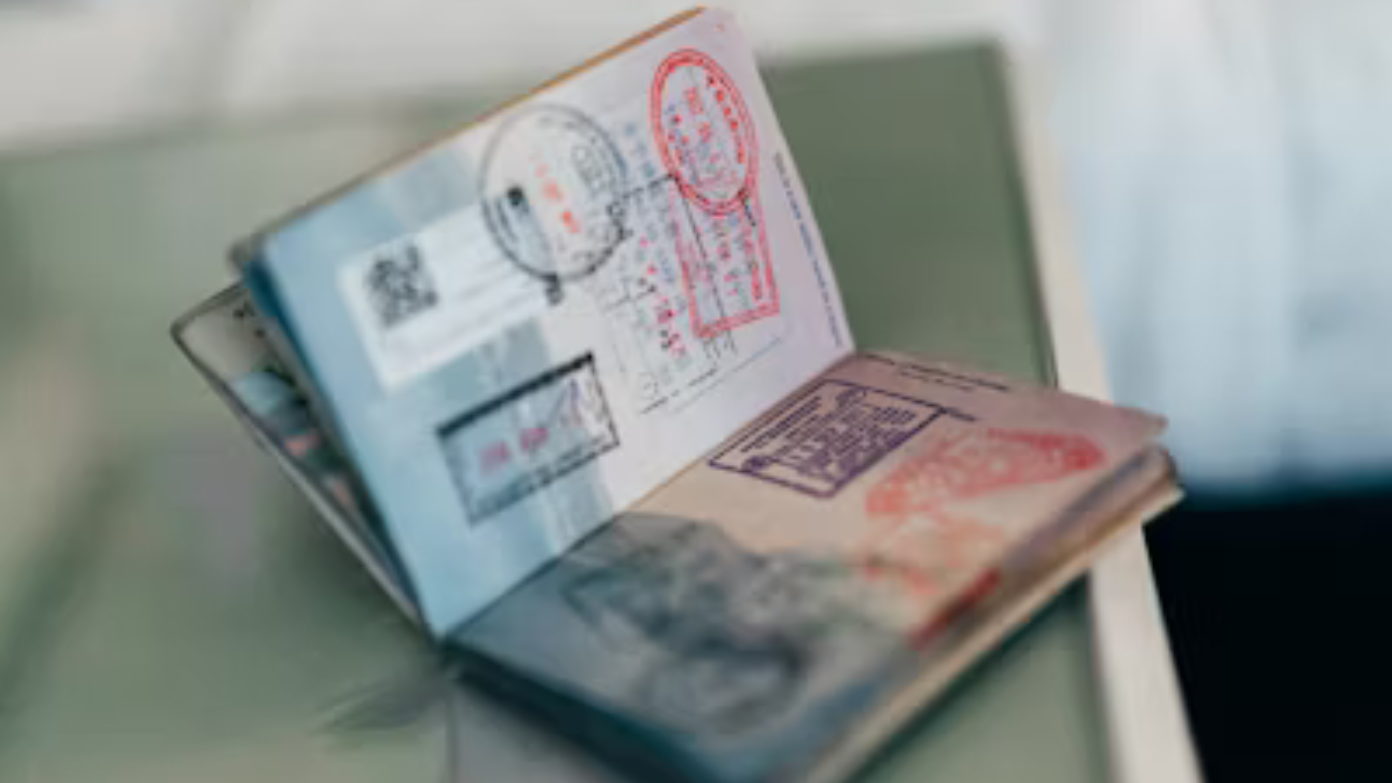Starting Wednesday, October 2, 2025, the California Department of Motor Vehicles launched a total redesign of its driver’s licenses and ID cards, its most significant update since 2010. This new system affects millions of Golden State residents and is a major step toward advanced security technology and advanced design that showcases the natural beauty of California.
The new design replaces the outdated one, which featured a gold panner and a map of the state, with stunning pictures of California’s iconic redwoods, golden poppies, and Pacific shoreline. DMV Director Steve Gordon explained that “the new cards use next generation technology to improve security and with a design that reflects California’s iconic redwoods, poppies and coastline”.
Future-proof security features transform document protection
The 2025 redesign features cutting-edge anti-counterfeiting technology putting California ahead of the rest of the most secure identification systems in the United States. The most crucial improvement is the addition of a digital security signature encoded in one of two barcodes at the rear of each card. This makes California one of the first states to provide this type of sophisticated digital verification technology.
Digital signature technology operates by establishing an encrypted verification system that renders unauthorized reproduction nearly impossible. As opposed to classical security mechanisms, the digital system supports real-time authentication as well as multiple layers of defense against advanced counterfeiting attempts.
In addition, the new cards also feature enhanced anti-counterfeiting features that are embedded within the landscape imagery itself. These visual security features cooperate with the digital signature to create a comprehensive protection system that is visually beautiful and highly secure.
The end of magnetic strips
One of the greatest changes within the new design is getting rid of magnetic strips on the rear of the cards. California led the way in implementing magnetic strips within driver’s licenses in 1989, with the state fully implementing in 1990, which makes this change notable for the technological leap within the state.
The removal of magnetic strips is a sign of broader technological advancement and security requirements. Magnetic strips, as easy to read using computers, had security threats and privacy concerns that digital barcode technology better addresses. The shift eliminates potential magnetic strip failure and reduces the risk of unauthorized data input by potential strip cloning or skimming.
This move is in line with contemporary trends towards more secure and contactless forms of identification. The digital barcode system provides the same easy automatic read-through as magnetic strips but more securely and with better data integrity.
Implementation timeline and cost structure
The roll-out of the new design for the license began on October 1, 2025, and included in all new issues and renewals was the new format. The existing license holders are not in a pressing hurry to update their current cards since all the licenses and ID cards issued earlier are valid until their respective expiry dates.
The new licenses do not change the pricing model, with the driver’s license being $45 and identification card being $39. The price stability ensures that the enhanced security features will not place additional financial burden on California residents to maintain their driving privilege or identification requirement.
The DMV has emphasized that nothing is required to be replaced in existing valid licenses just for obtaining the new appearance. Gordon pointed out particularly, “While I know some of our customers will want the new version of the driver’s license, there is no need to replace an existing license or identification card until your current one expires”.
The new look continues to comply with the federal Real ID Act, which requires increased security standards for federal-use identification cards given by states. Real ID-compliant identification has been required for boarding domestic flights and entering secure federal buildings since May 7, 2025.
California’s rollout of the Real ID began in 2018 with the classic golden bear and star notation in the upper right of certified cards. The 2025 redesign builds on this base with additional layers of security above federal requirements.
Redesign timing is particularly significant in light of recent Real ID mandates. The added security measures provide California residents with identification that meets not only present-day federal standards but anticipates future security needs and technological innovations.
Public response and practical implications
Early California resident reaction has been generally positive, with most appreciating the aesthetic improvements as well as security enhancements. DMV customer Jason Perez reported, after seeing the new design, “it looks a lot more like a common access card, like the ones you use for military bases,” admiring the professional and secure appearance of the new format.
Ronald Ritnour, who was among the first to benefit from the new cards, emphasized greater security in view of current security threats when he asserted that “stuff that’s going on, you know, people stealing identities and stuff, anything can help”.
The DMV has also encouraged customers to utilize online services for license renewals and other transactions whenever possible, reducing the need for people to go to the office in person. Certain DMV services can be accessed through the agency website at dmv.ca.gov, including qualifying license renewals and various administrative functions.
Read more: 100,000 federal workers to leave this week: what we know

